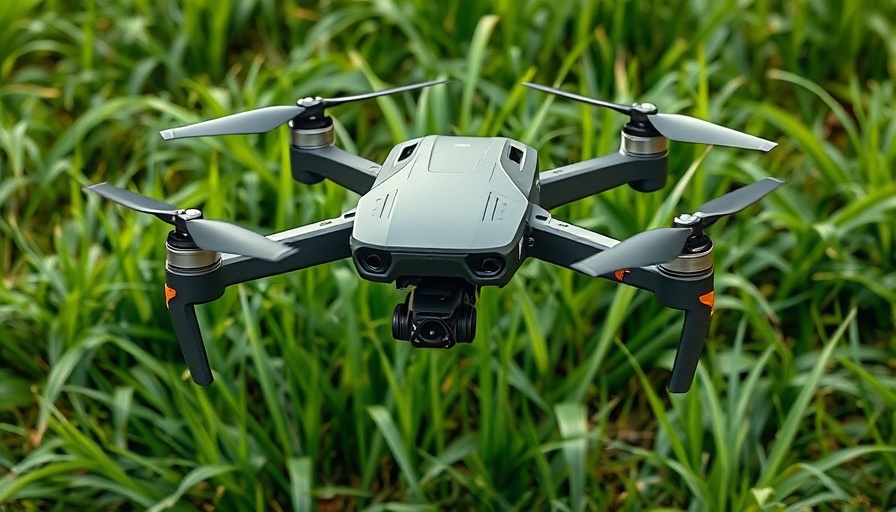
Introducing the MiS-150: An Advanced Drone in Russia's Arsenal
Russia has recently rolled out the MiS-150, an unmanned aerial vehicle (UAV) that aims to address shortcomings encountered with its predecessor, the MiS-35. This move indicates a shift in military drone technology focused on enhancing offensive capabilities. The MiS-150 represents a significant upgrade, not just in payload capacity but also in overall mission versatility.
Lessons Learned from the MiS-35
The original MiS-35 was heavily touted as a significant advancement in UAV technology; however, operational deployment revealed its limitations. Functions that were expected to feature prominently—such as combat engagements—turned out to be overshadowed by logistical tasks. Reports indicate that the MiS-35 was utilized for logistical purposes in 70% of its missions, rendering it less effective than anticipated in real combat operations.
The Technical Upgrades of the MiS-150
The MiS-150 has been designed to rectify the shortcomings identified during the MiS-35's deployment. With a maximum payload capacity that has increased dramatically from 4.5 kilograms to 15 kilograms, the MiS-150 is engineered to carry heavier munitions, including TM-62 anti-tank mines. Such enhancements will empower the drone to perform in a combat role more effectively than its predecessor.
Moreover, the operational range has improved from 9 kilometers to 12 kilometers, allowing for a wider operational area while minimizing exposure to enemy defenses.
Significance of the New ‘Guide’ System
Another key feature of the MiS-150 is its advanced ‘Guide’ system, which is crucial for conducting missions in environments filled with electronic warfare systems. This system enhances the drone's ability to evade countermeasures, giving it an advantage on the battlefield, where electronic warfare is becoming increasingly prominent.
Where Does the MiS-150 Fit in the Bigger Picture?
As military technology evolves, the introduction of the MiS-150 signals Russia's commitment to advancing its drone capabilities amid ongoing conflicts. Drones like the MiS-150 may play pivotal roles not only in direct military confrontations but also in strategic logistics. The isolated use of drones for logistics in past missions may suggest that future drones will need to balance both combat and support roles effectively.
Conclusion: A Step Forward in Military Drone Technology
The unveiling of the MiS-150 highlights Russia's response to battlefield realities, aiming to redefine its unmanned aerial capabilities following the MiS-35’s failures. As military conflicts increasingly integrate advanced technology, understanding these developments is critical for professionals and enthusiasts alike, indicating broader trends in drone technology and military strategy.
Stay tuned for more updates on the latest in drone technology and military innovations!
 Add Row
Add Row  Add
Add 




Write A Comment